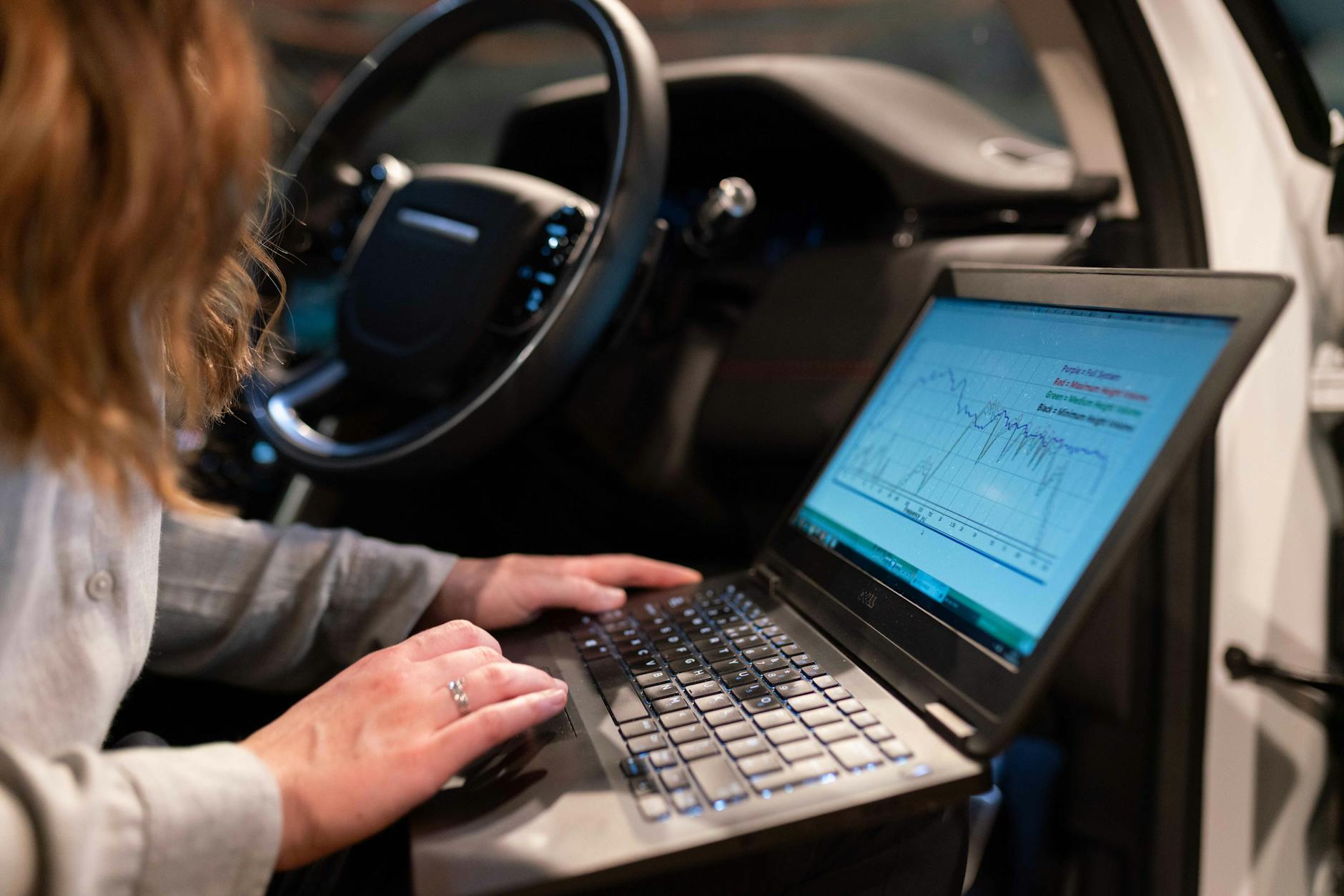
AI in Automotive: The Future of Driving is Smarter Than You Think
Remember the first time you saw a self-driving car and thought, “That’s straight out of a sci-fi movie”? Fast forward to today, and AI in automotive isn’t just a futuristic concept—it’s reshaping every aspect of how we drive, build, and even think about cars. From predictive maintenance to cars that “learn” your habits, artificial intelligence is quietly becoming the co-pilot we never knew we needed. Buckle up; we’re diving into the tech that’s turning your daily commute into a cutting-edge experience.
Why AI is the Secret Sauce in Modern Cars
AI isn’t just about flashy autonomous vehicles (though those are cool). It’s solving real-world problems: reducing accidents, optimizing traffic flow, and even making your car’s infotainment system less frustrating. Here’s where AI is making waves:
- Autonomous Driving: Tesla’s Full Self-Driving (FSD) and Waymo’s robotaxis are just the tip of the iceberg.
- Predictive Maintenance: Your car now knows it needs an oil change before you do.
- Smart Manufacturing: Factories use AI to spot defects humans might miss.
- Personalization: Ever noticed your seat adjusts automatically? Thank AI.
2025 Trends: Where AI in Automotive is Headed Next
If you think today’s tech is impressive, just wait. Here’s what’s coming down the pipeline:
1. Emotion-Sensing AI
Imagine your car detecting road rage and calming you with your favorite playlist or adjusting the cabin lighting. Companies like Affectiva are already working on this.
2. Self-Healing Materials + AI
Minor scratches? Future cars might use AI to activate self-repairing coatings, saving you trips to the body shop.
3. AI-Powered Traffic Negotiation
Your car communicating with other vehicles to optimize lane changes? It’s not a pipe dream—V2X (vehicle-to-everything) tech is in development.
| Feature | Today’s AI | 2025 AI |
|---|---|---|
| Autonomous Driving | Level 2-3 (partial automation) | Level 4 (high automation) |
| Voice Assistants | Basic commands (“Play music”) | Contextual conversations (“Find a scenic route home”) |
| Safety | Collision warnings | Predictive accident avoidance |
The Good, The Bad, and The “Wait, Really?”
I’ve tested enough AI-driven cars to know they’re not perfect. One time, a demo car mistook a billboard for a stop sign (cue awkward braking). But the wins outweigh the quirks:
- Pro: AI reduces human error, the cause of 94% of accidents (NHTSA).
- Con: Over-reliance on tech can make drivers complacent.
- Funny: My friend’s car once suggested a detour to avoid “heavy traffic”—it was a funeral procession. AI still needs tact.
FAQs: Your Burning Questions Answered
Is AI in cars safe?
Safer than humans? Often yes. Perfect? Not yet. Redundancies and rigorous testing are key.
Will AI replace car mechanics?
Not entirely, but their job descriptions will shift. Diagnostics will be AI-led, while complex repairs stay human-driven.
How much data do AI cars collect?
A lot—up to 25GB per hour. Privacy policies matter more than ever.
The Road Ahead: Are You Ready?
AI in automotive isn’t just changing cars; it’s redefining mobility. Whether you’re a skeptic or an early adopter, one thing’s clear: the future of driving is collaborative—human intuition paired with machine precision. So next time your car suggests a faster route, remember: it’s not backseat driving; it’s upgrading your ride.
Your Turn: Would you trust an AI to parallel park for you? Hit reply and let’s debate—I’ll bring the popcorn.


